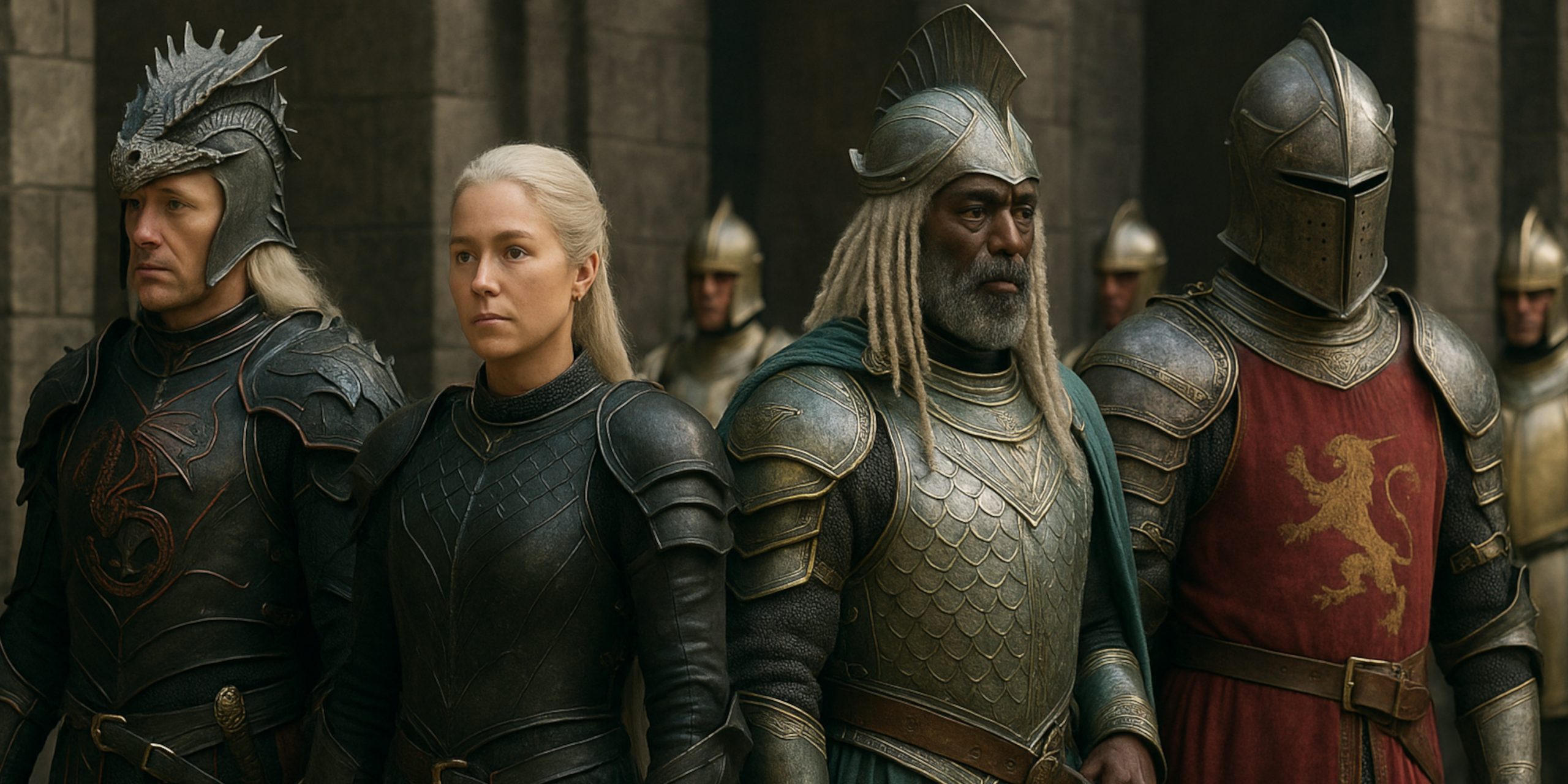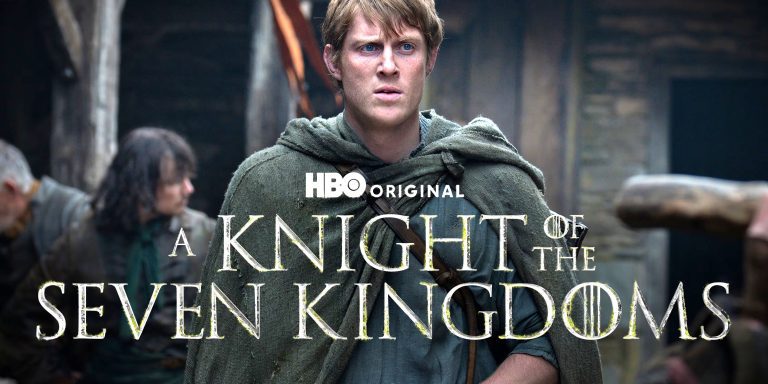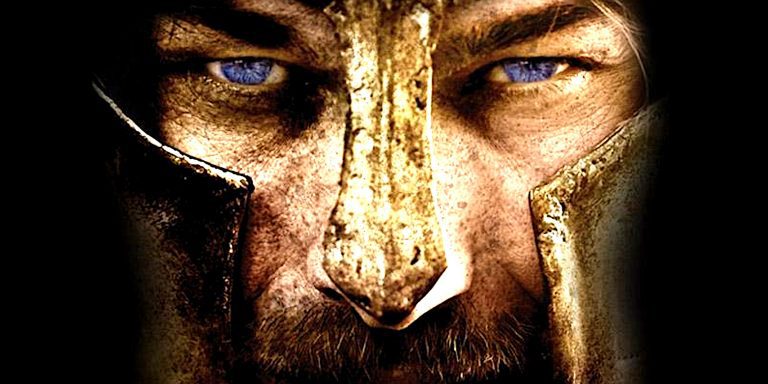
House of the Dragon, set nearly two centuries before Game of Thrones, grounds its world of dragons and dynasties in a blend of fantasy and practical realism. Nowhere is this more evident than in its depiction of arms and armour. While dragons may dominate the skies, it’s steel and discipline that decide the outcome of battles. The series, guided by real-world medieval references, presents a distinct look for each house, reflecting their traditions, status, and political posture.
Targaryen Armour: Elegance and Intimidation
House Targaryen’s armour is an exercise in controlled symbolism. It draws inspiration from both classical Roman design and later European Gothic influences. Daemon Targaryen’s black and red cuirass, for instance, features stylised dragon motifs and winged pauldrons, evoking his role as both warrior and showman. His helm, shaped with a draconic crest, is a theatrical piece as much as a tool of war.
Rhaenyra’s blackened armour is sleeker, echoing her position as a would-be ruler. It is functional but regal, with scaled patterns subtly woven into the design. Unlike the more cumbersome armour of the Westerosi lords, Targaryen battle gear balances agility with presence. These are dragonlords, not footsoldiers.
Velaryon Naval Gear: Practical and Ornate
House Velaryon, known for its seafaring dominance, brings a different flair. Their soldiers and commanders wear scale-like plating reminiscent of fish and sea serpents. Corlys Velaryon’s ceremonial armour is notably silver and seafoam green, adorned with coral patterns and shell motifs. His helm resembles a conch or a stylised sea creature, a nod to his naval command.
Their gear is less about overwhelming power and more about mobility and adaptability. Chainmail is common, often worn beneath half-plate or leather reinforced with brass detailing. It’s designed for movement aboard ships, not slogging through muddy fields.
Hightower and King’s Landing: Prestige and Uniformity
Otto Hightower and the members of the King’s Guard wear polished, uniform sets of plate armour. While the Hightowers themselves are not often seen in the thick of battle, their soldiers and guards display a level of ceremonial precision. Helmets are gothic in influence, with open visors and crestless simplicity.
The King’s Guard armour is among the most refined in the series. Polished steel with gold trim, embossed with the sigil of the crown, reflects both discipline and the weight of royal duty. These are not battlefield troops but elite bodyguards, and their equipment mirrors that role.
Blades of Westeros: Forged with Meaning
The swords and weapons in House of the Dragon echo the craftsmanship shown in Game of Thrones, but with a clearer divide between houses and styles.
- Dark Sister, wielded by Daemon, is a slender, Valyrian steel longsword. It’s visibly lighter and narrower than traditional Westerosi blades, allowing for quick strikes and flourishes. Its design mirrors a court duellist’s weapon more than a battlefield broadsword.
- Sea Snake’s sword is curved and Eastern-influenced, possibly suggesting exposure to Essosi cultures. It is both a mark of travel and a sign of distinction.
- Standard issue weaponry for knights and footsoldiers ranges from arming swords to maces and spears. These are more conventional, showing the divide between royal or noble gear and that of rank-and-file troops.
Axes, flails, and polearms appear less frequently but are used to distinguish certain characters or factions. House Strong’s gear, for instance, is more brutalist—thick, rust-toned iron and plain blades, reflecting their fortress origins and brute strength.
Influence and Historical Reference
Costume designer Jany Temime and weapons master Tim Lewis approached House of the Dragon with the intent to respect Westerosi tradition while subtly reinventing the visual language. Inspiration was drawn from 13th to 15th century European arms, but with liberties taken to suit the fantasy context. Unlike Game of Thrones, which grounded most of its equipment in Norman and late medieval templates, House of the Dragon allows for more variation and flourishes due to its more centralised Targaryen dominance and the Valyrian cultural heritage still present.
Armour in Combat: Style versus Utility
Unlike many fantasy series where armour is reduced to decoration, House of the Dragon often portrays it as an integral part of identity. Whether in a tourney or open battle, characters choose what they wear as an extension of themselves. Daemon’s highly individualistic pieces clash with the rigid lines of the Hightower regime. Rhaenyra’s subtle, matte plating contrasts with Aegon’s golden, almost gaudy, ceremonial suits.
Where Game of Thrones leaned on the grime of war, House of the Dragon shows a world teetering on the edge—where image and legacy are still being forged, and where the next swing of a Valyrian blade may decide the fate of dynasties.
The Seven Swords Takeaway
The arms and armour in House of the Dragon reflect a world that hasn’t yet been worn down by the chaos we see in Game of Thrones. It’s a realm of prestige, of order holding on before the fall. Each piece of armour, each blade drawn, speaks to lineage, pride, and power. This is not just war—it’s theatre, memory, and politics forged in steel.
Watch the season One Recap:



